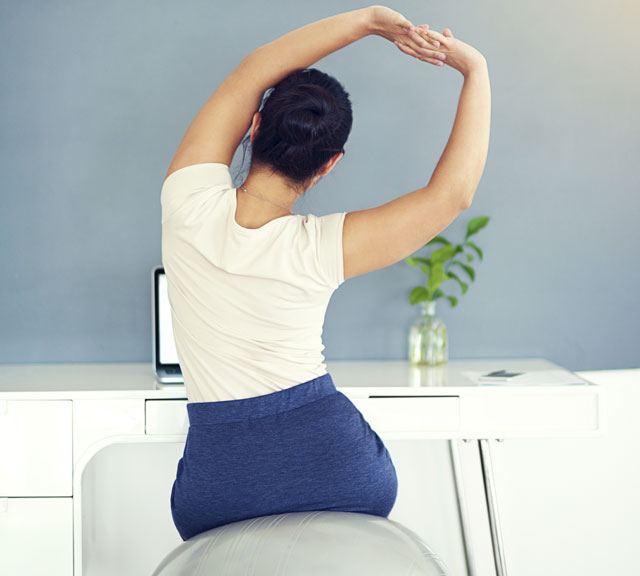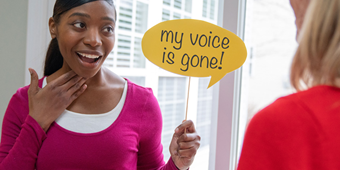How To Battle Sitting, the New Smoking

Find Your Perfect Match
Answer a few questions and we'll provide you with a list of primary care providers that best fit your needs.
Being sedentary isn’t as bad as smoking, of course, but that bold statement is a wake-up call that being inactive is hazardous to our health.
But if you’re an office worker, chances are you’re sitting 30 to 35 hours a week.
Have an active lunchtime. You’ll feel better, be more productive, and have less stress.
Muscles, joints, and bones benefit from being used on a regular basis, so sitting even for a solid hour isn’t a good idea. Set a timer so you can regularly do a few workstation exercises to stretch and strengthen throughout the day.
Other tips:
- Create a standing workstation. Special standing desk equipment is great, but you can also put your laptop on a box on your desk.
- Use a resistance ball instead of an office chair. Sitting on a resistance ball engages your core and may assist with improving posture.
- Move around! Use every opportunity to get up, walk, use the stairs. Have an active lunchtime. You’ll feel better, be more productive, and have less stress.
- Chair exercises. A few workplace exercises can help your back and shoulders feel better as you stretch and strengthen while remaining in your chair.
- Warm-up: Drop your head gently to your chest. While breathing in, slowly roll your head up to your left shoulder. While breathing out, slowly roll your head back to center. Do the same for your right shoulder. Repeat the pair 3 times.
- Shoulder raise: Slowly raise your shoulders toward your ears. Hold for a few seconds. Slowly bring your shoulders down and relax.
- Back press: Put your hands up on each side of your body, with your elbows bent, and forearms raised to about ear level. Push your arms back, squeezing your shoulder blades. Hold for a few seconds, then relax. Repeat this desk exercise 3 times.
- Hand weights: Keep hand weights at your desk. Do bicep and tricep exercises while on phone calls.
- Wall sits. Lean against your office wall and squat down so your knees are bent at a 90-degree angle. Hold as long as you can.
- Standing calf raises. Take off your shoes, stand, go “on your toes,” and hold. Hold onto your chair if balancing is a problem.
- Desk push-ups. Just like on the floor, but use the edge of your desk.
Find Your Perfect Match
Answer a few questions and we'll provide you with a list of primary care providers that best fit your needs.
Source: American Council on Exercise




